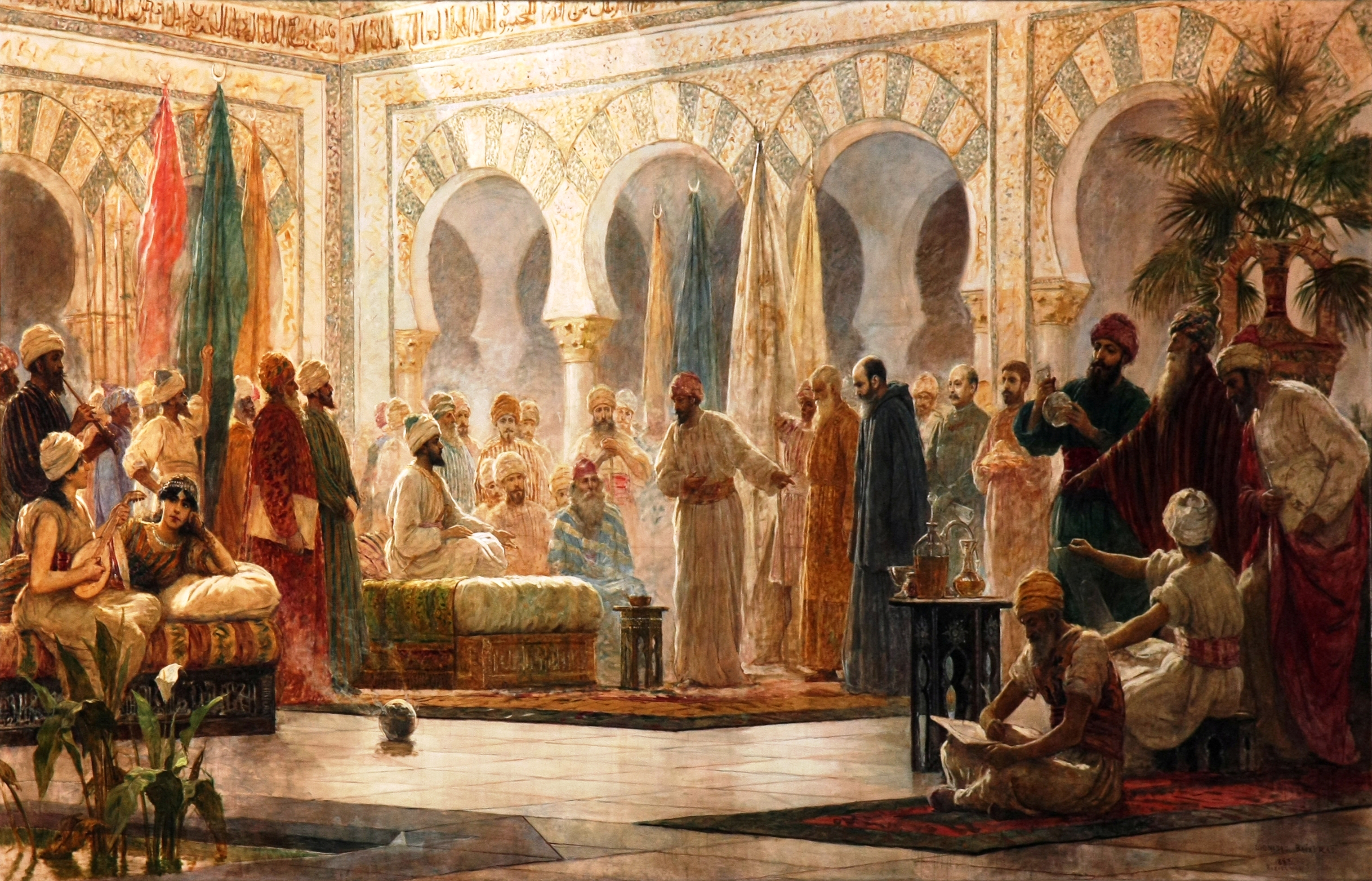Early Life and Rise to Power
Abd al-Rahman ibn Muhammad was born in 891 AD inCórdoba, the capital of the Umayyad Emirate of Córdoba in Al-Andalus (Islamic Spain). He was the grandson of Emir Abdullah and descended from the legendary Abd al-Rahman I, who had established Umayyad rule in Iberia after fleeing the Abbasid massacre of his family in Damascus. His mother was a Christian slave from the Pyrenees region, giving him both Arab and Iberian heritage.
In 912 AD, at the age of twenty-one, Abd al-Rahman succeeded his grandfather Abdullah as the eighth Umayyad Emir of Córdoba. He inherited a realm in crisis, with much of Al-Andalus effectively independent of central authority. The new emir immediately demonstrated the military and political skills that would define his reign.
First Caliph of Córdoba: Significance of the 929 Proclamation
The proclamation of 929 transformed the Emirate of Córdoba into the Caliphate of Córdoba, a move with profound religious and political implications. Unlike an emir (prince), a caliph claimed to be the supreme religious and political leader of all Muslims—a direct successor to the Prophet Muhammad.
Abd al-Rahman III's claim to the caliphate challenged the legitimacy of the Abbasid Caliphate in Baghdad, which had ruled the Islamic world since 750 AD. It also positioned Córdoba as a rival to the newly established Fatimid Caliphate in North Africa (founded in 909). By becoming the first Caliph of Córdoba, Abd al-Rahman III asserted that his dynasty, not the Abbasids or Fatimids, represented the true continuation of the Prophet's legacy.
The significance of the 929 proclamation cannot be overstated. It marked the zenith of Muslim power in the Iberian Peninsula and established Córdoba as one of the three major centers of the Islamic world, alongside Baghdad and Cairo. Under Abd al-Rahman III, the Caliphate of Córdoba became the most powerful state in Western Europe.
The Caliphate of Córdoba Under Abd al-Rahman III
Following his proclamation as caliph in 929, Abd al-Rahman III presided over an unprecedented golden age. The capital city of Córdoba grew to become the largest, wealthiest, and most sophisticated city in Europe, with a population exceeding 400,000. Its Great Mosque, libraries, universities, and palaces were unmatched in the Christian world. The city boasted paved streets, public lighting, running water, and hundreds of public baths.
Abd al-Rahman III commissioned the construction of Medina Azahara, a magnificent palace-city near Córdoba that became a symbol of Umayyad power and culture. The complex included administrative buildings, gardens, pools, and pavilions that demonstrated the wealth and sophistication of the caliphate.

The magnificent palace-city built in 936 AD near Córdoba to display the Caliphate's power and wealth.Photo: José Luiz Bernardes Ribeiro, CC BY-SA 3.0, via Wikimedia Commons
Military Campaigns and Political Dominance
Abd al-Rahman conducted numerous military campaigns against the Christian kingdoms of the north. In 920, he defeated King Ordoño II of León at the Battle of Valdejunquera, one of the worst Christian defeats of the era. He repeatedly raided into León, Castile, and Navarre, forcing the Christian kings to pay tribute and acknowledgeCórdoban supremacy.
The caliph also expandedCórdoba's influence into North Africa, extending control over parts of Morocco and competing directly with the Fatimid Caliphate for dominance in the western Mediterranean. His court received embassies from across Europe, including from the Byzantine Empire and the German Holy Roman Empire, reflectingCórdoba's international prestige.
Cultural and Intellectual Legacy
Under Abd al-Rahman III,Córdoba became the intellectual and cultural capital of Europe. The caliph patronized scholars, poets, scientists, and artists from across the Islamic world. The Great Library of Córdoba housed hundreds of thousands of manuscripts, making it one of the largest libraries in the world at the time.
The caliphate fostered a sophisticated multicultural society where Muslims, Christians, and Jews coexisted and contributed to a flourishing of arts, sciences, philosophy, and literature. This convivencia(coexistence) produced remarkable advances in mathematics, astronomy, medicine, and architecture that would later influence the European Renaissance.
